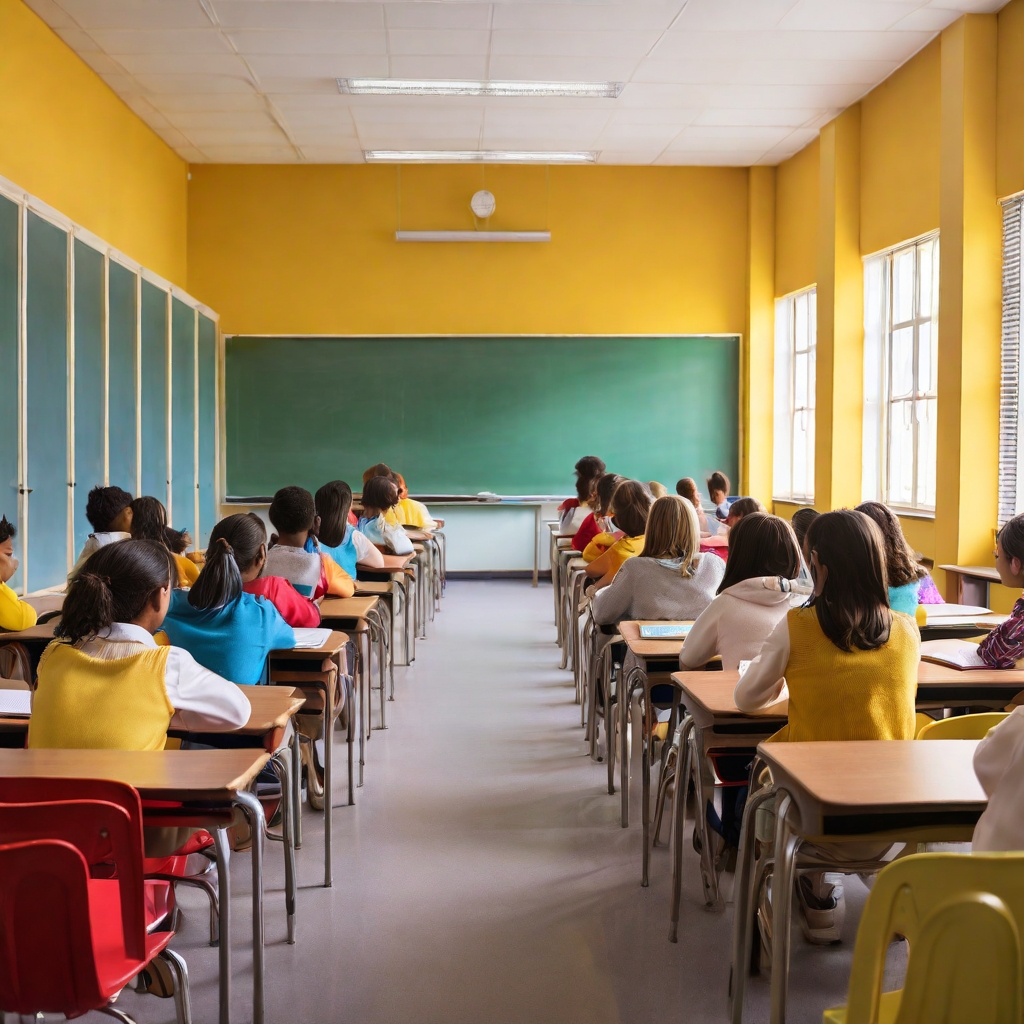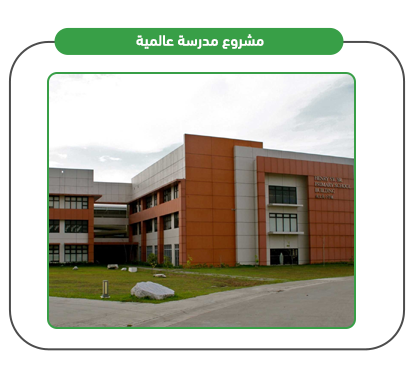Conducting a feasibility study for an international school is an essential step to ensure the success of the project. It begins with measuring the demand for international education and analyzing market indicators to determine the needs of the target segments. This helps in developing a methodology that adopts the creation of advanced educational curricula that meet the aspirations of parents, in addition to developing an effective marketing strategy that highlights the quality of education and cultural diversity provided by the school, which enhances its attractiveness and ability to attract students. On the technical level, the study focuses on choosing a strategic location that ensures easy access, with the availability of an integrated infrastructure that supports the educational process. It also includes equipping the school with the latest technologies and modern means that enhance interactive teaching methods. As for the financial aspect, it includes a comprehensive analysis of construction and operating costs, with an estimate of expected revenues to ensure the sustainability of the project and achieve profitable returns.

The Global School project represents an advanced educational environment as it offers internationally accredited study programs, which ensures the provision of high-quality education that keeps pace with global developments. This school is distinguished by its ability to develop students’ skills and promote cultural diversity by integrating students of different nationalities into a comprehensive educational environment. It also contributes to preparing students academically and professionally through modern educational curricula and techniques. It is noteworthy that the school provides an integrated educational experience that covers all educational stages, from kindergarten to high school. The school pays special attention to extracurricular activities, including sports, artistic and cultural programs, to ensure the development of students on both the academic and personal levels. To achieve this distinguished level of education, the feasibility study of a global school is an essential step in evaluating the various aspects of the project, starting from studying the needs of the target community, through financial and administrative planning, and ending with ensuring the sustainability of the project and achieving its investment goals.

Accredited international curricula
Multilingual education.
Extracurricular activities such as sports, arts, and culture
Advanced educational technologies.
Academic support programs.
Consulting and educational services.
Modern and advanced facilities.
Student exchange programs and trips


Executive summary
Study project services/products
Market Size Analysis.


Investment in the Saudi private education sector grew by 3% in 2016, rising to 15.5% compared to 12.5% in 2015. The volume of investment in the private education sector increased in the five years, as the volume of investment in the private education sector reached approximately 10 billion riyals.